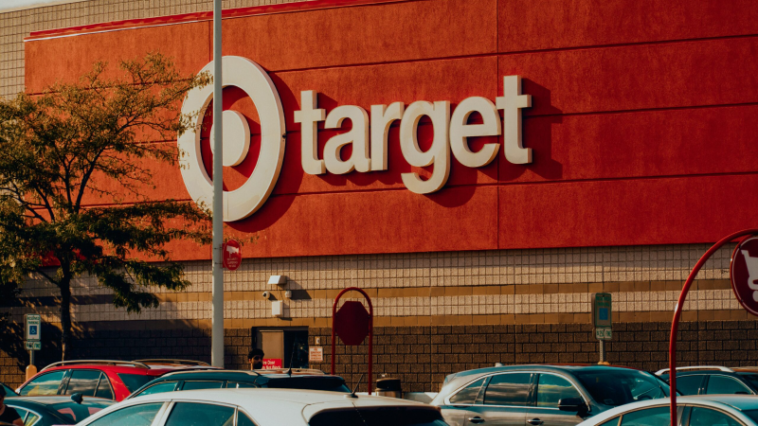Target and Walmart are pushing back against a new California law that will force large retailers to staff more checkout lanes — a move both companies say will drive up costs and, eventually, prices.
The law, called “Safe Stores Are Staffed Stores,” just passed in Long Beach. It requires retailers to keep one employee for every three self-checkout lanes, cap transactions at 15 items, and ban locked merchandise from being purchased through self-checkout.
For years, chains like Target and Walmart have leaned on self-checkout to cut labor costs. The official line is that workers are simply “reassigned,” but walk into most stores and you’ll see what customers already know — fewer staff, longer lines, and entire checkout areas run by machines.
That gap has helped theft spike. Industry data paints an ugly picture: theft rates at self-checkout average 3.5% to 4% of sales, compared to less than 1% at manned registers. Roughly 15% of shoppers admit to stealing, and nearly half say they’d do it again. According to ECRLoss, up to 23% of unknown retail losses come from self-checkout, and 48% of that is intentional.
To combat the issue, retailers have been experimenting with AI cameras, item limits, and extra oversight. Some, like Booths supermarkets in the UK, have abandoned self-checkout entirely. “We’re really proud that we’re moving largely to a place where our customers are served by people,” the company said earlier this year.
Labor unions are celebrating the new rule. Matt Bell, secretary-treasurer of UFCW 324, said cashiers have borne the brunt of unsafe conditions. “The checkers and the cashiers are on the front lines of this,” he told The Detroit News. “It really is necessary to provide them safety and security and better staffing.”
But business groups see it differently. Nate Rose, vice president at the California Grocers Association, warned that the law could “damage self-checkout” and make it harder for grocers to justify keeping those lanes open. “We’re seeing that worst-case scenario play out where a number of grocers have decided it’s not worth it to keep the self-checkout lanes open,” he said.
Trade groups representing Target, Walmart, and major grocery chains also criticized the move, saying higher labor costs will lead to “higher price tags on the shelf” and lower sales in stores forced to close or scale back self-checkout operations.
Experts say it’s a tricky balance. Wharton professor Santiago Gallino noted that pushing customers too hard toward automation can easily backfire. “If you are understaffing and forcing customers to use self-checkout, then you start to annoy your customers, and this is going to backfire,” he said. “Your customers will stop going, especially if it doesn’t have a connection to lower prices.”
Retail analysts agree theft is only part of the equation. Neil Saunders of GlobalData said that while self-checkout does “increase the opportunity for theft,” many losses stem from honest scanning mistakes. Mark Ryski, a member of the RetailWire Brain Trust, added that external theft now overshadows employee theft, marking a major shift in where losses occur.
The National Retail Federation reported that retailers saw a 93% increase in shoplifting incidents in 2023 compared to 2019, along with a 90% jump in dollar losses. Nearly three-quarters of retailers said thieves were more aggressive than in the previous year, and 91% said incidents were more violent than before the pandemic.
As stores juggle rising theft, labor costs, and customer frustration, one thing’s clear: the self-checkout experiment is no longer the easy fix it once seemed.
Source: TheStreet

